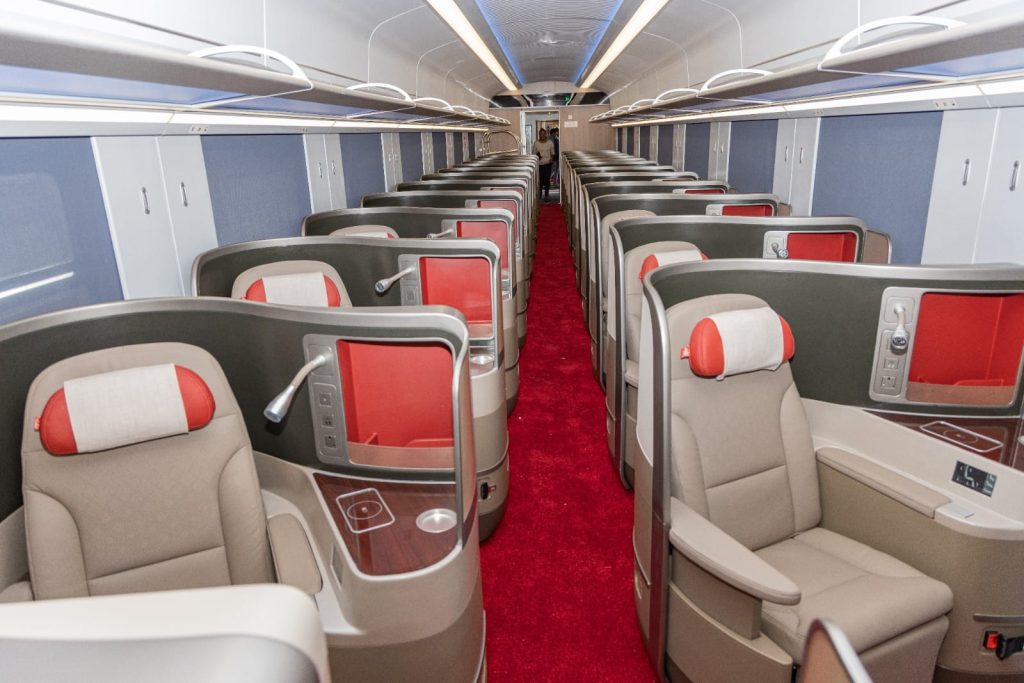In the tourism and hospitality industry, quarter one is often viewed as a quiet period. After the excitement and rush of December, there’s an expected slowdown. Families return to their work routines, children go back to school, and most people focus on their personal and financial goals.
For the tourism industry, it’s easy to see this as off-season. But on the flip side, we could look at it as an opportunity to grow the sector.
In 2022, Kenya’s tourism sector contributed 8.2% to the GDP, according to the Kenya National Bureau of Statistics. However, these contributions are not evenly distributed throughout the year, with months like January recording lower revenues. To address this, a strategic shift in how we approach the so-called “low season” is needed.
During the pandemic, domestic travellers formed the backbone of the industry, accounting for most bed nights in Kenya. This shows that Kenyans are eager to explore the country when presented with accessible, affordable options. January could be marketed as a time for locals to experience scenic destinations like Mara, Naivasha, or the Coast, without the peak season crowds.
For many organisations, January and February are months of planning and goal setting. Companies hold retreats, strategy sessions, and team-building activities. As it stands, Kenya has already positioned itself as a leading MICE (Meetings, Incentives, Conferences, and Exhibitions) destination in Africa, and January provides an excellent opportunity to leverage this strength.
Offering incentives for businesses to host their events locally not only fills rooms during the low season but also positions Kenya as a reliable and competitive player in the region’s MICE market.
This “low season” period also gives hotel brands time to focus inward. Quiet months provide an opportunity to invest in property upgrades and carry out staff training. Brands could also use this time to implement sustainability initiatives, such as conservation or energy-efficient technologies, which are increasingly becoming crucial for eco-conscious travellers.
Statistics have also shown that over 50% of travellers begin researching their trips three to six months in advance. This means that even if travellers aren’t packing their bags in January, they are planning their next trip.
This makes January an ideal time to ramp up marketing efforts with emphasis on digital platforms. Over the years, storytelling, especially on social media, has played a key role in keeping Kenya at the top of mind for both local and international guests.
The tourism and hospitality industry in Kenya is a paradigm of our nation’s broader potential, rich in resources, resilient when faced with challenges, and overflowing with opportunities. Instead of viewing the first quarter of the year as a slow period, we should see it as a time to prepare and innovate for the year and set new standards of excellence.
As much as brands focus on filling rooms and selling packages, we must also rethink what tourism means for our economy, our communities, and our identity as a nation. With the right strategies, Q1 can be a month of action and opportunity, setting the tone for a vibrant year to follow.









